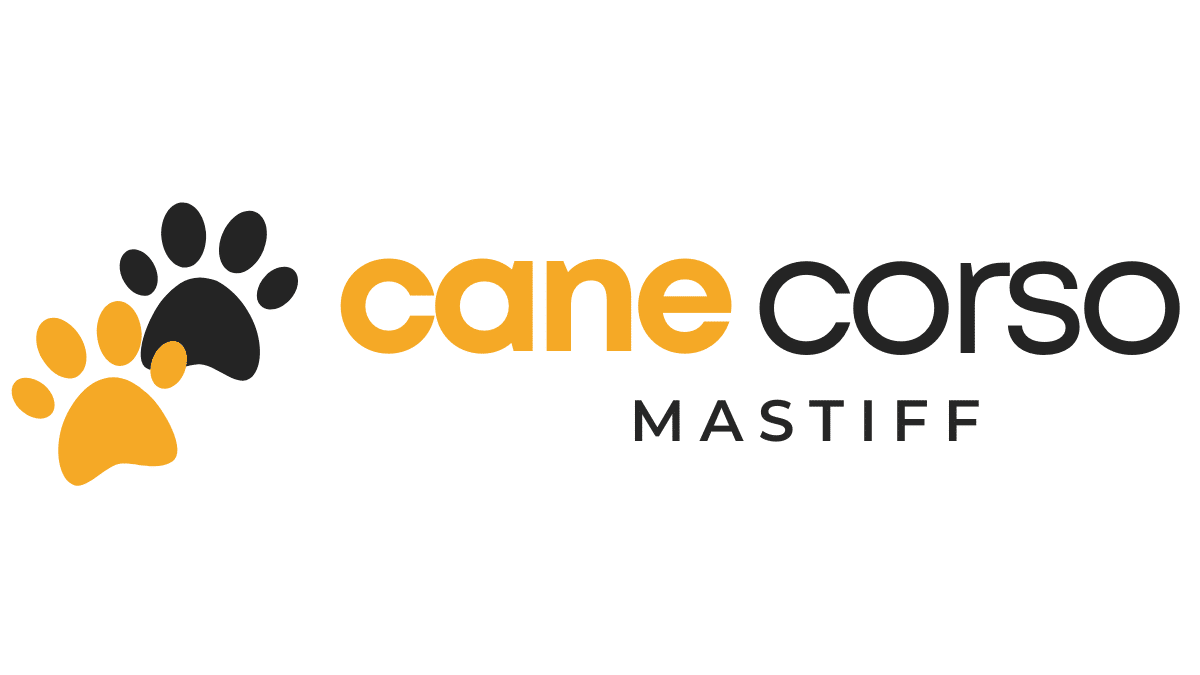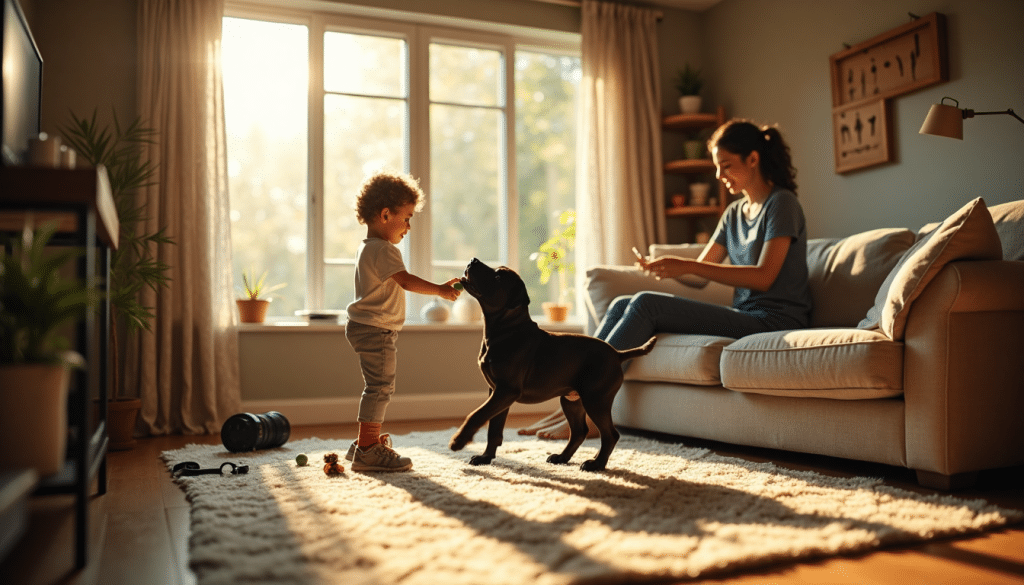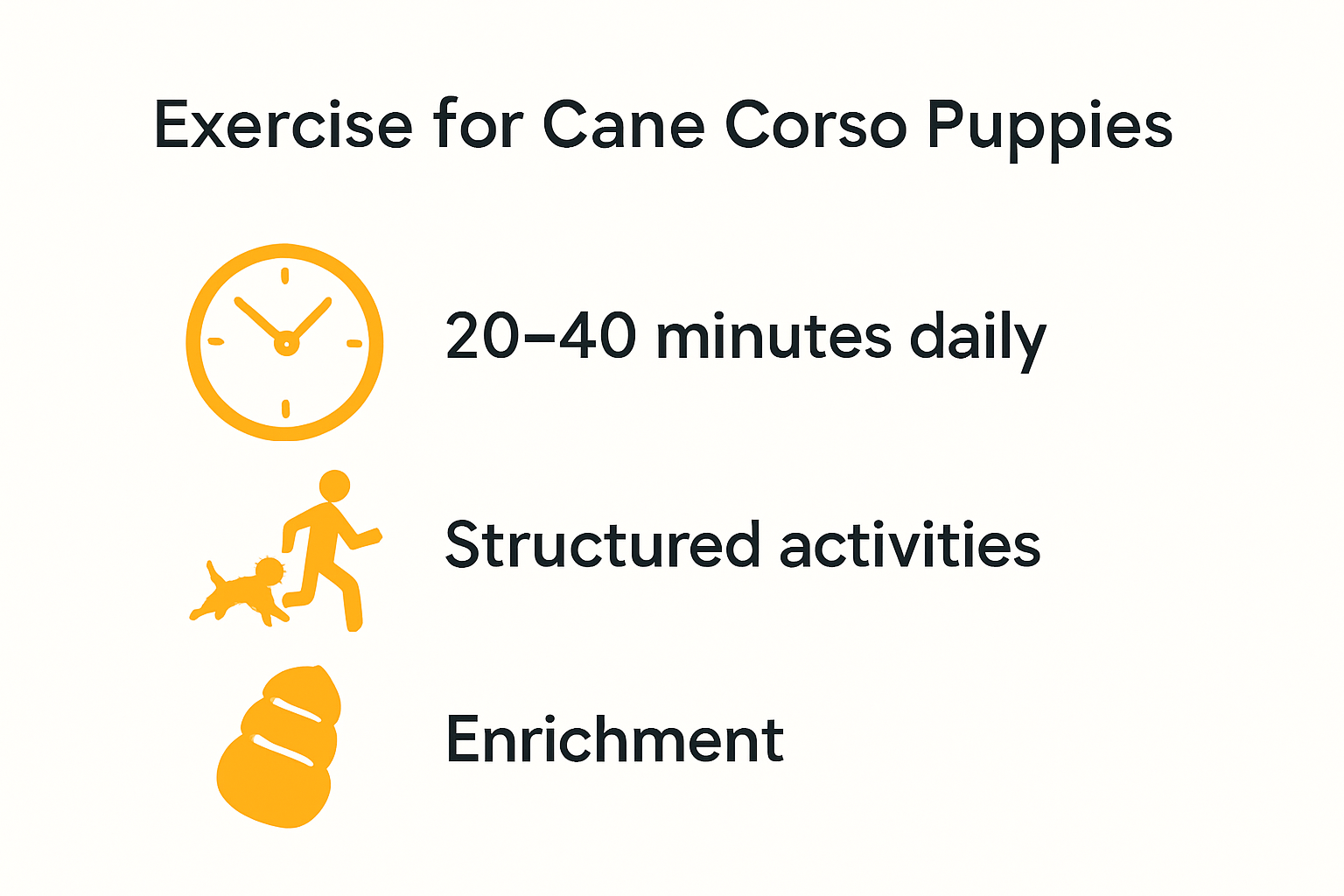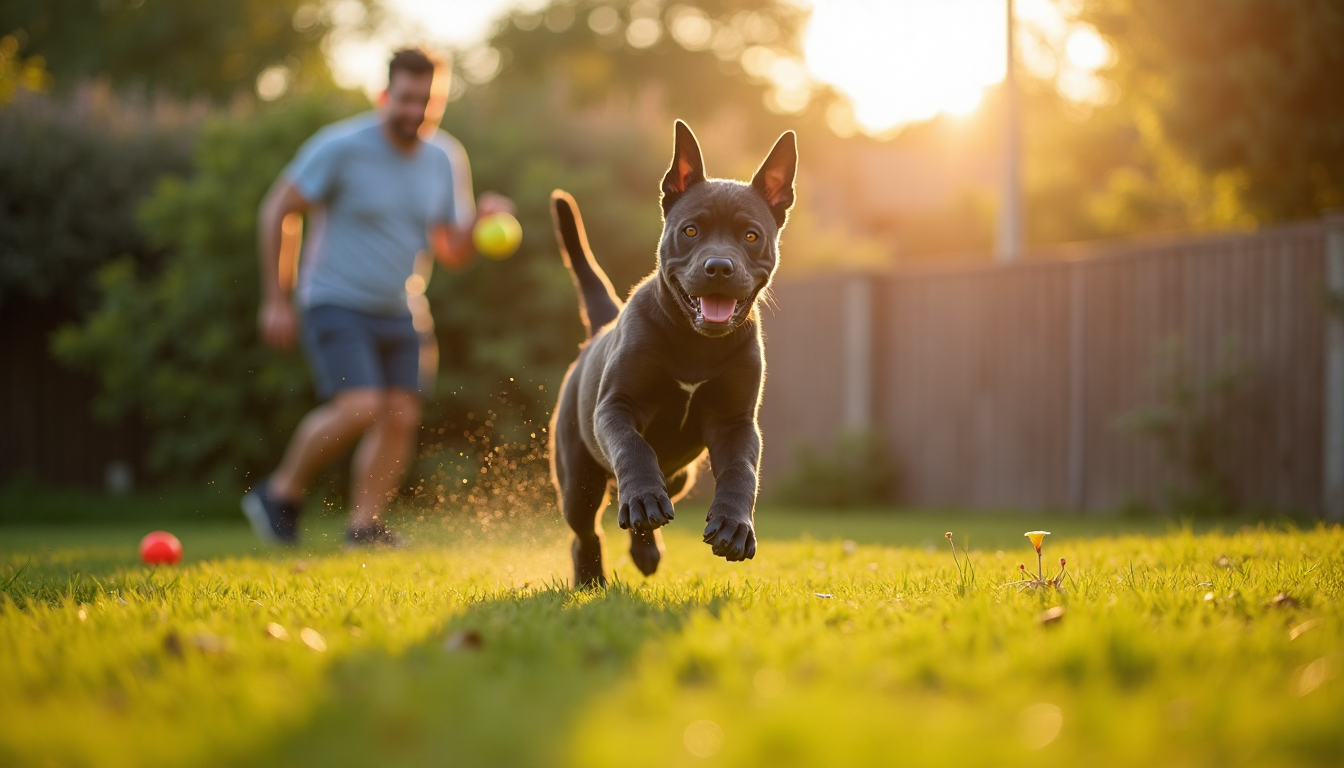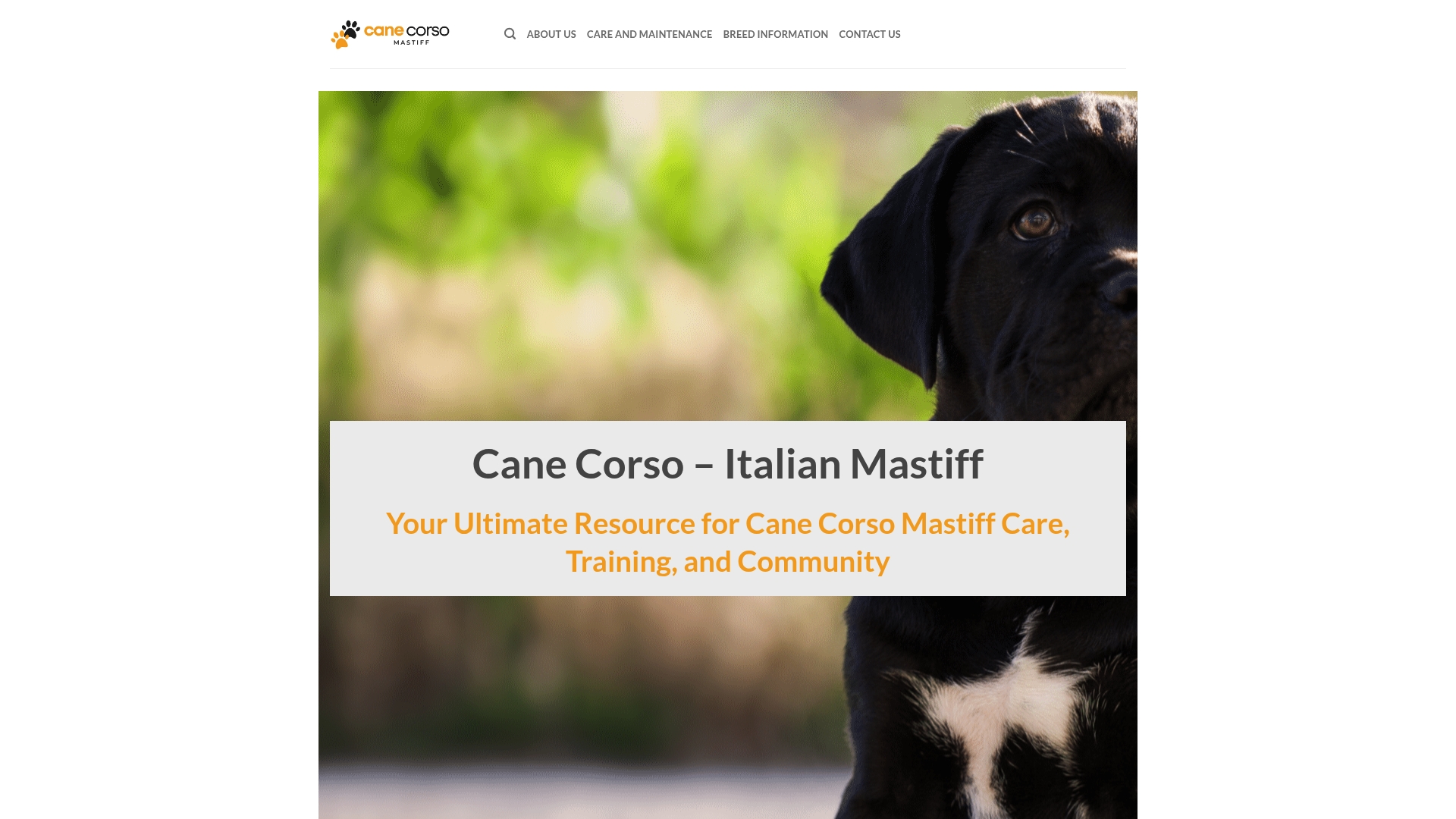Cane Corso puppies are famous for their boundless enthusiasm and can easily outpace their owners during playtime. Here is something most people miss. These pups actually need about 45 to 60 minutes of purposeful exercise every single day to stay healthy and happy. But simply wearing them out is not the secret. The real trick is turning all that wild puppy energy into powerful bonding, confidence, and lifelong calm—a skill most owners overlook.
Table of Contents
- Understanding Cane Corso Puppy Energy Levels
- Best Ways To Exercise Your Cane Corso Puppy
- Training Techniques For High-Energy Puppies
- Creating A Calm And Happy Home Environment
Quick Summary
| Takeaway | Explanation |
|---|---|
| Understanding Puppy Energy | Cane Corso puppies require 45-60 minutes of structured exercise daily, focusing on purposeful activities that engage both their mind and body to effectively manage their high energy levels. |
| Safe Exercise Practices | Exercise should be low-impact and encompass natural play to protect developing joints, particularly avoiding high-impact activities until they are at least 18 months old. |
| Positive Reinforcement in Training | Training should utilize positive reinforcement techniques, rewarding desired behaviors immediately to strengthen the bond between owner and puppy and make learning enjoyable. |
| Creating a Calm Environment | Establishing predictable routines and designated calm zones in the home helps reduce anxiety and promotes a sense of security for Cane Corso puppies while balancing physical and mental stimulation to prevent restlessness. |
Understanding Cane Corso Puppy Energy Levels
Cane Corso puppies burst with an intensity that can catch even experienced dog owners off guard. These powerful Italian Mastiffs come equipped with a remarkable energy profile that demands strategic management and understanding. Their natural drive stems from a complex blend of working dog heritage and protective instincts that require careful navigation during their crucial developmental stages.
The Genetic Blueprint of Puppy Energy
The energy levels of a Cane Corso puppy are deeply rooted in their genetic makeup. Our comprehensive guide to breed characteristics reveals that these dogs were originally bred as working companions for farmers and hunters. This ancestral background means they possess an inherent need for physical and mental stimulation that goes far beyond typical household pet expectations.
According to research from professional dog training experts, Cane Corso puppies require approximately 45-60 minutes of structured daily exercise. However, this isn’t just about physical movement. Their exercise must be purposeful and engaging to satisfy their intelligent and active nature. Simply walking or running isn’t enough – these puppies need activities that challenge both their body and mind.
Developmental Stages and Energy Management
Understanding the nuanced energy progression of Cane Corso puppies is crucial for responsible ownership. Veterinary research warns that over-exercising before their musculoskeletal system fully develops (around 18 months) can lead to potential joint problems. This means owners must strike a delicate balance between providing sufficient stimulation and avoiding physical strain.
The first year of a Cane Corso puppy’s life represents a critical period of energy management. During this time, their energy will fluctuate dramatically. Puppies between 8-16 weeks might display bursts of intense playfulness followed by extended periods of rest. As they approach 6-12 months, their energy becomes more consistent and directed, requiring more structured engagement.
Channeling Puppy Energy Constructively
Smart owners transform a Cane Corso puppy’s high energy into an opportunity for bonding and training. Early socialization plays a pivotal role in this process. Breed specialists emphasize exposing puppies to diverse environments, people, and other animals during their formative weeks. This approach not only helps manage their energy but also reduces potential anxiety and improves overall adaptability.
Interactive training sessions, puzzle toys, and controlled play scenarios become essential tools. These activities provide mental stimulation that matches their physical energy output. Obedience training, agility exercises, and games that tap into their natural protective instincts can help channel their considerable energy into positive, productive behaviors.
Owning a Cane Corso puppy isn’t about suppressing their energy but understanding and guiding it. With patience, consistent training, and a deep appreciation for their unique genetic heritage, owners can transform what might initially seem like overwhelming energy into a remarkable companionship experience.
Best Ways to Exercise Your Cane Corso Puppy
Exercising a Cane Corso puppy requires a thoughtful and strategic approach that balances their high energy levels with their developing physical structure. Unlike smaller breeds, these powerful Italian Mastiffs need carefully designed exercise routines that protect their growing bodies while satisfying their natural drive for activity and engagement.
Structured Physical Activities
The key to effective exercise for Cane Corso puppies lies in controlled, intentional movement. Our comprehensive exercise guide emphasizes the importance of low-impact activities that support healthy development. According to veterinary research, large-breed puppies benefit most from self-regulated play in safe, enclosed areas with soft and varied terrain.
Swimming emerges as an exceptional exercise option for Cane Corso puppies. Veterinary rehabilitation specialists recommend this activity as a full-body workout that strengthens muscles without placing undue stress on developing joints. Short, supervised swimming sessions can provide intense physical stimulation while minimizing the risk of injury.
Walking remains a fundamental exercise, but with specific considerations. Puppies should start with short, controlled walks that gradually increase in duration and intensity. A good rule of thumb is five minutes of exercise per month of age, split into multiple sessions throughout the day. This approach prevents overexertion while still providing necessary physical activity.
Mental Stimulation and Interactive Exercise
Physical exercise alone is insufficient for a Cane Corso puppy. Veterinary experts highlight the critical importance of mental stimulation alongside physical activity. Puzzle toys, training games, and scent work become essential tools in managing their abundant energy.
Interactive play sessions that incorporate obedience training can be particularly effective. Our training resources suggest using games that challenge both body and mind. Hide-and-seek, structured fetch with training commands, and controlled tug-of-war games provide excellent opportunities for physical and mental engagement.
Safe Exercise Progression
Careful progression is crucial when exercising a Cane Corso puppy. During the first 18 months, owners must be particularly cautious about high-impact activities. Avoid jumping, intense running, or repetitive hard surface exercises that could damage developing joints. Instead, focus on activities that allow natural, self-paced movement.
As the puppy grows, gradually introduce more complex exercise routines. Around 6-12 months, you can slowly increase the intensity and duration of activities. Pay close attention to your puppy’s individual energy levels and physical responses. Some Cane Corso puppies may require more rest, while others might need additional stimulation.
Successful exercise for a Cane Corso puppy is about balance and understanding. It combines structured physical activities, mental challenges, and careful monitoring of their developing body. By approaching exercise as a holistic experience of bonding, training, and physical development, owners can help their Cane Corso puppies grow into strong, well-adjusted adult dogs.
Here is a comparison table summarizing some of the best exercise methods for Cane Corso puppies, highlighting their benefits and considerations:
| Exercise Method | Benefits | Considerations |
|---|---|---|
| Self-regulated Play | Supports natural movement, joint safety | Requires enclosed, safe space |
| Swimming | Low-impact, full-body workout, joint-friendly | Needs supervision; short sessions best |
| Short Walks | Builds stamina, routine, confidence | Gradual increase, avoid hard surfaces |
| Puzzle Toys/Games | Mental stimulation, reduces boredom | Rotate toys to maintain engagement |
| Obedience Training | Boosts bond, encourages impulse control | Keep sessions short and positive |
| Agility Exercises | Body awareness, fun challenge | Only low-impact/age-appropriate obstacles |
Training Techniques for High-Energy Puppies
Training a high-energy Cane Corso puppy demands a strategic approach that harnesses their natural intelligence and drive while establishing clear communication and boundaries. These powerful dogs require more than traditional training methods they need comprehensive techniques that engage both their body and mind.
Positive Reinforcement Foundations
Research from animal behavior experts demonstrates that positive reinforcement training significantly improves puppy learning and compliance. For Cane Corso puppies, this means creating training sessions that feel like exciting games rather than rigid exercises. Reward-based methods reduce stress and build a strong, trusting relationship between the puppy and owner.
The most effective positive reinforcement techniques involve immediate rewards that match the puppy’s high-energy personality. This could mean using high-value treats, enthusiastic verbal praise, or quick play sessions as rewards for desired behaviors. Timing is crucial – rewards must be given within seconds of the correct action to reinforce the connection.
Our agility training guide suggests incorporating movement-based rewards that satisfy the Cane Corso’s natural drive. Short bursts of play, quick tug-of-war sessions, or brief fetch games can be more motivating than static treat rewards.
Proprioceptive Training and Body Awareness
Unique to large-breed puppies like the Cane Corso, proprioceptive training becomes essential for developing body control and coordination. Veterinary research from canine development academies indicates that early neural development can be significantly enhanced through targeted physical challenges.
Proprioceptive training includes activities that challenge a puppy’s balance and spatial awareness. Walking on different textured surfaces, navigating small obstacles, and practicing controlled movements help develop muscle control and prevent future injury risks. These exercises are particularly important for large breeds with significant muscle mass and potential joint stress.
The following summary table outlines popular training approaches for high-energy Cane Corso puppies, their primary goals, and key recommendations:
| Training Approach | Primary Goal | Key Recommendation |
|---|---|---|
| Positive Reinforcement | Encourage desired behaviors | Reward instantly with treats, praise, or play |
| Proprioceptive Training | Improve body awareness & control | Use surfaces, obstacles, and gentle balance drills |
| Obedience Games | Boost focus & impulse control | Keep sessions engaging and short |
| Socialization | Build confidence around new stimuli | Gradually introduce puppy to people, animals, places |
Structured Socialization and Communication
Beyond physical training, Cane Corso puppies require structured socialization that channels their high energy into positive interactions. Clinical studies show that early, positive exposure to various environments, people, and other animals can dramatically reduce aggressive tendencies and improve overall behavioral responses.
Training sessions should be short, engaging, and progressively challenging. Start with basic commands in low-distraction environments, gradually introducing more complex scenarios. Use techniques that require mental engagement such as scent work, puzzle challenges, and obedience games that tap into the breed’s natural problem-solving abilities.
Consistent, patient training transforms a high-energy Cane Corso puppy’s potential challenges into remarkable companionship. By understanding their unique genetic predispositions and implementing scientifically-backed training techniques, owners can guide these intelligent dogs toward becoming well-adjusted, responsive adult companions. The key lies in viewing training not as a task, but as an ongoing dialogue of mutual understanding and respect.
Creating a Calm and Happy Home Environment
Creating a calm and happy home environment for a Cane Corso puppy requires strategic planning, patience, and a deep understanding of their unique temperament. These powerful and intelligent dogs need more than just physical space they require a carefully structured environment that supports their emotional and physical well-being.
Establishing Predictable Routines
Research from professional dog trainers emphasizes the critical importance of establishing consistent daily routines for puppies. Dogs, especially high-energy breeds like the Cane Corso, thrive on predictability. A structured schedule for meals, walks, play, and rest helps reduce anxiety and provides a sense of security.
Design a daily routine that includes specific times for feeding, exercise, training, and quiet rest. For Cane Corso puppies, this might mean morning walks, midday training sessions, afternoon play, and evening calm-down periods. Consistency is key – try to maintain similar timing and activities each day to help your puppy understand what to expect.
Creating Calm Reinforcement Zones
Behavioral experts recommend using specific techniques to encourage and reward calm behavior. The “Blanket Method” is particularly effective for Cane Corso puppies. Place a designated blanket or mat in a quiet area of your home, and quietly reward your puppy with treats when they choose to settle down on it.
Designate specific areas in your home for different activities. Create a calm zone with a comfortable bed or crate where your puppy can retreat and relax. Use positive reinforcement by offering high-value treats or quiet praise when they voluntarily choose to rest in this space. This helps them associate the area with peaceful, rewarding experiences.
Balancing Physical and Mental Stimulation
A calm home environment for a Cane Corso puppy isn’t about restricting energy, but about strategically managing it. Environmental research suggests that adequate physical exercise and mental stimulation are crucial for preventing restlessness and destructive behaviors.
Incorporate varied activities that challenge both body and mind. This might include structured walks that allow exploration and sniffing, interactive puzzle toys, short training sessions, and controlled play times. The goal is to provide enough stimulation that your puppy feels satisfied and content, reducing the likelihood of hyperactive or destructive behaviors.
Consider using our home setup guide to create an environment that supports your Cane Corso puppy’s development. This involves choosing appropriate toys, creating safe spaces, and understanding how to manage their high energy levels effectively.
Creating a calm home environment is an ongoing process of understanding, patience, and consistent positive reinforcement. By providing structure, meeting their physical and mental needs, and offering a predictable, loving environment, you’ll help your Cane Corso puppy develop into a well-adjusted, peaceful companion. Remember that every interaction is an opportunity to reinforce the behaviors you want to see, transforming potential chaos into harmonious coexistence.
Frequently Asked Questions
How much exercise does a Cane Corso puppy need?
What activities are best for exercising a Cane Corso puppy?
How can I manage my Cane Corso puppy's high energy levels?
What should I avoid when exercising my Cane Corso puppy?
Ready to Master Your Cane Corso Puppy’s Energy?
Tired of feeling overwhelmed by your Cane Corso puppy’s endless energy and intense play demands? You are not alone. Many owners struggle to balance structured exercise, mental stimulation, and proper training—especially with such a powerful, intelligent breed. Unchanneled excitement can lead to frustration and missed opportunities for bonding. But you do not have to navigate these challenges alone. Visit our Training and Behavior Archives for expert strategies that transform chaos into calm, actionable steps tailored for 2025 Cane Corso puppy care.
Take control of your puppy’s high spirits today. Explore in-depth guidance, proven routines, and a passionate community at Cane Corso Mastiff. Gain the tools you need to build a stronger connection now and set the foundation for lifelong harmony. Your perfect companion starts with the right knowledge—act today and see the difference.
Recommended
- Cane Corso Exercise Routine: Essential Guide for Owners 2025
- Cane Corso: Comprehensive Guide to the Italian Mastiff’s Temperament, Size, and Care – Cane Corso Mastiff
- Cane Corso Training and Behavior – Cane Corso Mastiff
- Best Cane Corso Puppy Food for Healthy Growth – Cane Corso Mastiff
- Cane Corso Exercise Without Stress: Easy Routines for 2025
- Best Dog Food for Cane Corso: Top Picks & Feeding Guide 2025
